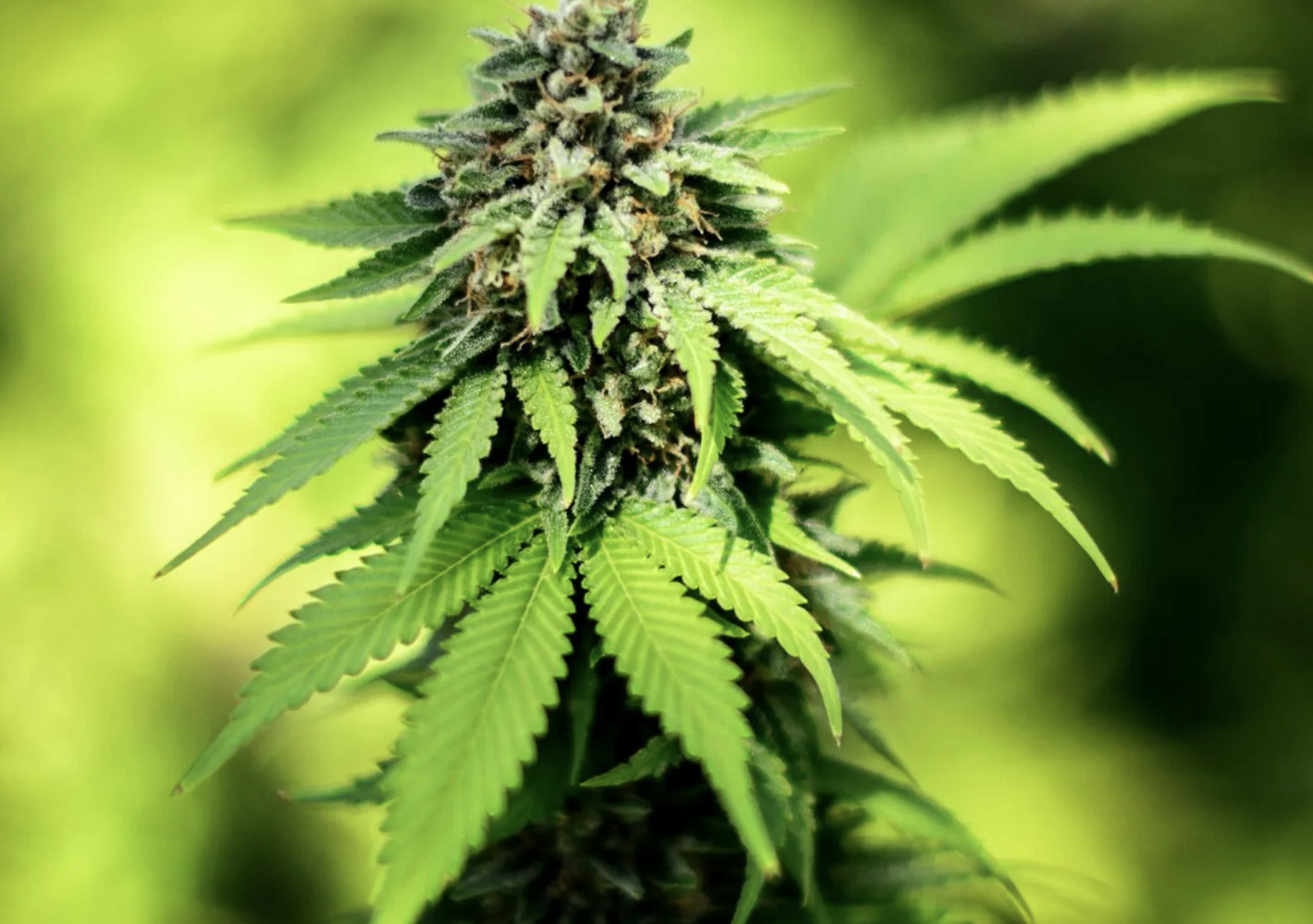
Vertical Farming Market Set for Growth
The amount of land suitable to farm is shrinking. A combination of factors resulting from climate change, combined with destructive development plans and poor environmental practices has reduced arable land around the world. Furthermore, a lack of access to clean water and agricultural water systems will halt entire growing seasons for traditional farmers in the future. Without new technologies that are clean, sustainable, efficient and affordable, we will not be able to feed a growing world.
Companies solving this new paradigm shift in the food production system will become market leaders, leveraging sustainable business practices into significant growth. The vertical and/or indoor farming market is the segment to watch within agriculture. Born out of the Cannabis legalization boom around they world, new technologies in lighting, plant nutrition, analytics, robotics, and hydroponics are now being applied to crops across the spectrum, bringing healthier, tastier fresh produce to market.
Currently, about a $4 Billion industry, vertical farming is set to grow to around $28 Billion in 2028. However, these estimates may be conservative given labor shortages and shipping inflation have altered the market size model. Being able to reduce shipping distances/costs and farm more crop with less people gives vertical farming a huge advantage in the fresh and organic marketplace. There is a strong case to be made that pandemic inspired supply chain and transportation issues may result in even greater investments in vertical farming operations. Recent deal making in the private markets have supported this thesis. Greater investment combined with inflationary food costs could drive the vertical market well over $36 Billion by 2028. 2022 and 2023 will be closely watched as indicators of more rapid market growth. The United States and Europe continue to be a world leader in the development of sustainable, vertical and hydroponic growing technology with smaller countries like Singapore and Israel also contributing important science and production capacity. .
The future growth of the hydroponics and vertical growing market partly depends upon the development of production systems that are competitive in cost with traditional, field-based agriculture. Cultivating crops using hydroponics, verticl and indoor growing systems will also become a critcal hedge against extreme weather conditions wrought by climate change.
The Vertical Market Model Uses the Following Data Sources and/or completed the following studies:
- Public Market Data
- Private Deal Book
- Sales Data
- Innovation Study
- Economic Factors
- Venture Capital Data
*We are contantly tracking manufactuers, growers, distributors and grocers to update our market size model. Do your own due diligence. Our model could be wrong and it should never be relied upon as the sole reason to make any investments. Always do your own research. terms.



